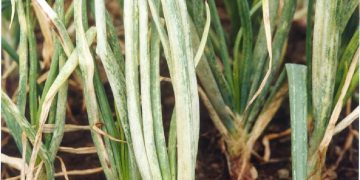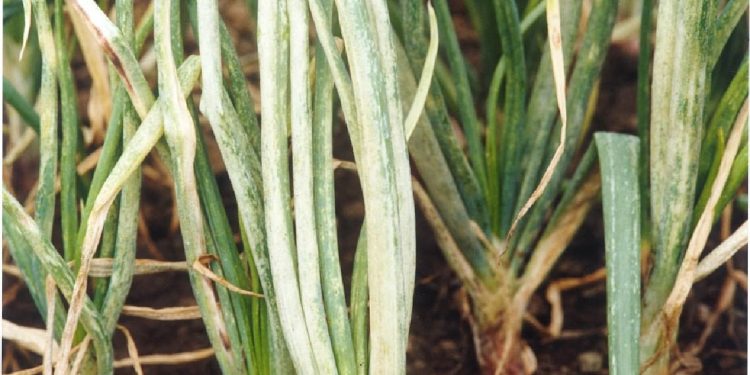PlantVirus #CropDisease #Aphids #OnionCrops #Farming #ManagementStrategies
Onion yellow dwarf virus (OYDV) is a serious disease that affects various species of onions, including shallots, leeks, and garlic. It is caused by a virus that attacks the leaves of the onion plant, causing stunted growth, yellowing, and eventually death. OYDV has been known to cause significant damage to onion crops around the world, leading to economic losses for farmers and affecting the availability of onions in the market.
The OYDV virus is spread by aphids, which are small insects that feed on the sap of plants. Once an aphid infects an onion plant, the virus can quickly spread to other plants in the area, making it difficult to contain the outbreak. In addition, the virus can survive in the soil for several years, making it a persistent threat to onion crops.
Developments in the study of OYDV have led to the discovery of various management strategies to help farmers control the spread of the virus. One effective method is the use of resistant onion varieties, which have been shown to be less susceptible to OYDV. Another approach is to use insecticides to control the population of aphids, which can reduce the spread of the virus.
However, the consequences of an OYDV outbreak can be severe, leading to significant economic losses for farmers and affecting the availability and price of onions in the market. In some cases, an outbreak may even lead to the closure of onion farms, affecting the livelihoods of farmers and their communities.
The Onion yellow dwarf virus is a serious threat to onion crops around the world. While developments in management strategies have led to effective ways of controlling the spread of the virus, the consequences of an outbreak can be devastating for farmers and their communities. Therefore, it is important to continue research efforts to better understand the virus and develop new strategies for managing and preventing its spread.































